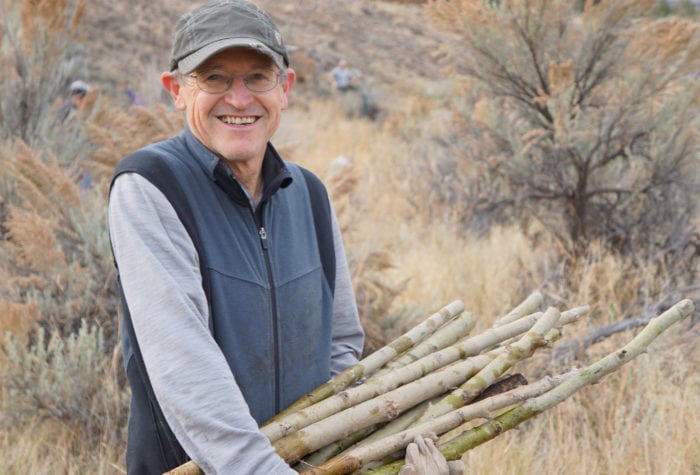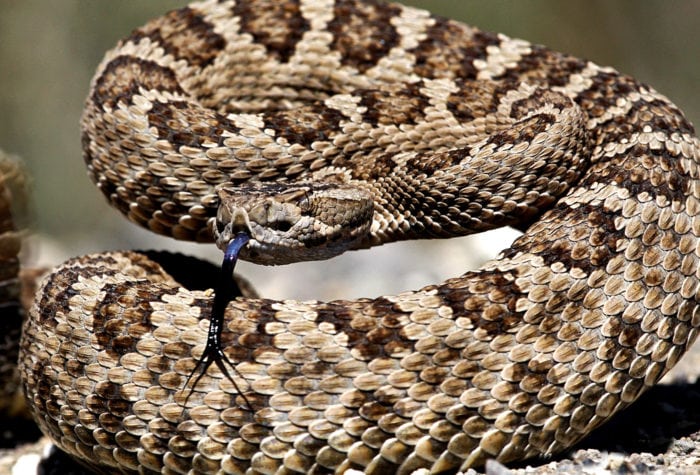Pine Creek Conservation Area
About the Place
Located in the Lower John Day River Basin, the 34,331-acre Pine Creek Conservation Area is owned by the Confederated Tribes of Warm Springs and managed for the benefit of fish and wildlife. Pine Creek is designated as critical habitat for steelhead, and the surrounding uplands are home to a diversity of birds, animals and native plants, including plant foods and medicines that hold cultural significance to Indigenous communities.
Pine Creek Conservation Area also provides an important testing ground for ONDA and the Tribes to innovate new techniques to restore cool, clear and abundant waters that supports a diverse array of fish and wildlife. These actions enhance climate resiliency throughout the Pine Creek watershed by supporting the recovery of thriving populations of beaver, whose dams create deep pools and store water, keeping streams cool into the dry summer months.
ONDA has partnered with the Confederated Tribes of Warm Springs to remove nearly 100 miles of derelict barbed wire fence, plant tens of thousands of trees, and promote the recovery of steelhead habitat.
The success of these restoration efforts is readily apparent as one drives along Pine Creek on Highway 218, where beaver ponds teeming with life glimmer in the desert sun and willow thickets and towering cottonwoods obscure the creek in many places that just decades ago lacked any vegetation.

